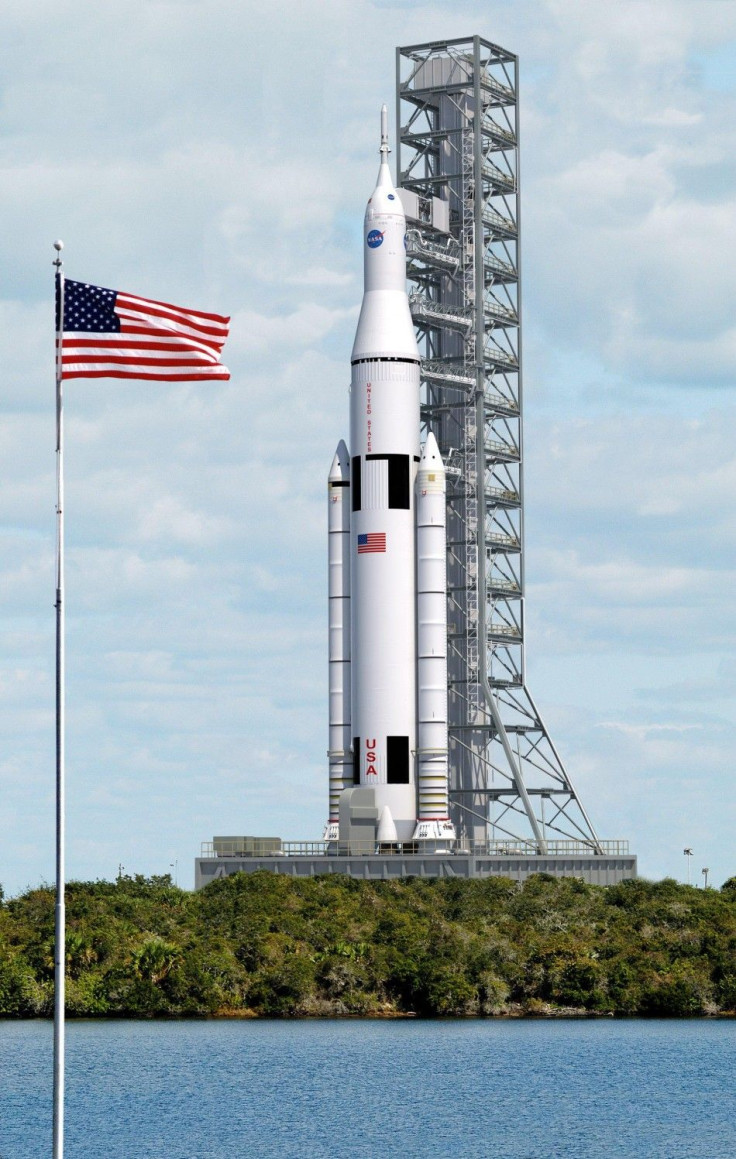NASA to Launch Astronauts in 'Space Taxi'

NASA has announced a plan to launch its astronauts to the International Space Station and low Earth orbit through the partnerships of private companies.
The space agency will be investing $1.61 billion in a program that will fund companies to maintain spacecraft, launch vehicles, launch services, ground and mission operations, and recovery. The initial agreement will run from July 2012 to April 2014.
This is a significant step forward in America's amazing story of space exploration, said NASA Administrator Charles Bolden. It's further evidence we are committed to fully implementing our plan -- as laid out in the Authorization Act -- to outsource our space station transportation so NASA can focus its energy and resources on deep space exploration.
Multiple companies that provide an end-to-end design will be granted an Integrated Design Contract (IDC)
By NASA.
This IDC effort will bring us through the critical design phase to fully incorporate our human spaceflight safety requirements and NASA's International Space Station mission needs, said NASA Commercial Crew Program Manager Ed Mango. We look forward to strong U.S. industry response.
NASA also announced Bolden also announced that NASA will fund optional pre-negotiated programs as part of some of the original CCDev2 Space Act Agreements (SAA) to help accelerate development.
Sierra Nevada Corp.'s will get a total of $25.6 million, bringing the potential value of Sierra Nevada's SAA to $105.6 million, if all milestones are completed successfully.
All four CCDev2 partners are performing very well and meeting their milestones, said Phil McAlister, director of NASA's Commercial Spaceflight Development. These additional milestones were selected because they sufficiently accelerated the development of commercial crew transportation systems to justify additional NASA investment.
Meanwhile, NASA has teamed up with Alliant TechSystems (ATK) to develop and launch the Liberty rocket system that will eventually send astronauts to the International Space Station.
ATK signed an unfunded Space Act Agreement (SAA) that enables NASA and the Liberty program office to provide technical interaction for the launch system during the Preliminary Design Review phase of the program.
This SAA enables us to exchange information with NASA and receive valuable insight as we develop our fixed-price commercial crew vehicle and prepare it for test flight as early as 2014, said Kent Rominger, ATK vice president and program manager for Liberty. This helps us to ensure that we provide the safest, most reliable, cost-effective and capable launch vehicle for crew transport.
© Copyright IBTimes 2024. All rights reserved.





















